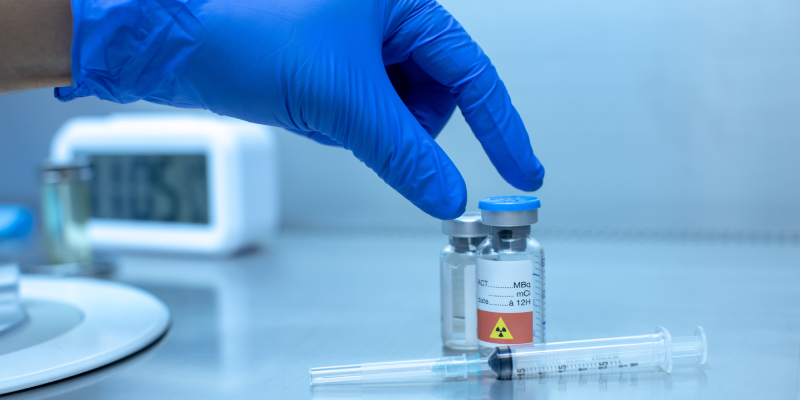
Extended, risk-stratified post-autologous hematopoietic stem cell transplantation (AHSCT) consolidation therapy with daratumumab, bortezomib, lenalidomide, and dexamethasone (Dara-VRd) followed by daratumumab, lenalidomide, and dexamethasone (Dara-R) maintenance can significantly reduce the risk of relapse in patients with ultrahigh-risk newly diagnosed multiple myeloma (MM)/primary plasma cell leukemia (PCL), according to results from the OPTIMUM/MUKnine trial.
Preventing relapse in patients with ultrahigh-risk MM and PCL is a major challenge even for those patients who have achieved undetectable minimal residual disease (MRD), according to the investigators, led by Martin F. Kaiser, MD, FRCP, FRCPath, of the Royal Marsden Hospital National Health Service (NHS) Foundation Trust in London.
The single-arm OPTIMUM/MUKnine clinical trial aimed to reduce the risk of relapse before and after AHSCT in patients with ultrahigh-risk MM by continuing Dara-VRd consolidation for 18 cycles followed by Dara-R maintenance.
The investigators reported the outcomes of OPTIMUM patients until the end of the consolidation therapy and compared the results with the outcomes of ultrahigh-risk patients with MM treated in the Myeloma XI trial. The new results compare favorably with the Myeloma XI trial, but also with the recent results of the MASTER trial, the investigators reported.
The trial recruited 107 patients with ultrahigh-risk NDMM (≥2 high risk lesions: t(4;14), t(14;16), t(14;20), gain(1q), del(1p), del(17p), or SKY92 risk signature) or pPCL (circulating plasmablasts >20%) through central molecular screening and provided up to six cycles of Dara-CVRd induction and V-AHSCT. All patients received 18 cycles of post-AHSCT consolidation, including six cycles of Dara-VRd (consolidation one) and 12 cycles of Dara-VR (consolidation two), before moving to monthly Dara-R maintenance until progression. The trial’s primary endpoint analysis demonstrated improved progression-free survival (PFS) at 18 months post-induction compared to ultrahigh-risk patients treated in the Myeloma XI trial.
The median follow-up was 40 months, and at the end of the consolidation phase (30 months from the start of induction therapy), the PFS estimate for ultrahigh patients was 77.0% (95% CI, 68.8-85.1). In comparison, the PFS estimate for ultrahigh-risk patients in the Myeloma XI trial at 30 months was 39.8% (95% CI, 30.7-48.9). The most frequent Common Terminology Criteria for Adverse Events grade 3/4 adverse events during consolidation two included neutropenia, thrombocytopenia, and infection. The rate of grade ≥2 peripheral neuropathy was 13.8% for consolidation two, and no cumulative increase from consolidation one was noted. Of the initial 107 patients who started therapy in OPTIMUM, 93.6% had undetectable MRD at 10-5 sensitivity by flow cytometry.
“Our results support extended, risk stratified post-[AHSCT] therapy for [ultrahigh-risk] MM/PCL patients,” the investigators wrote.
Reference
Kaiser M, Hall A, Smith I, et al. Extended Intensified Post-ASCT Consolidation with Daratumumab, Bortezomib, Lenalidomide and Dexamethasone (Dara-VRd) for Ultra-High Risk (UHiR) Newly Diagnosed Myeloma (NDMM) and Primary Plasma Cell Leukemia (pPCL): The UK Optimum/Muknine Trial. Abstract #758. Presented at the 64th ASH Annual Meeting and Exposition; December 10-13, 2022; New Orleans, Louisiana.
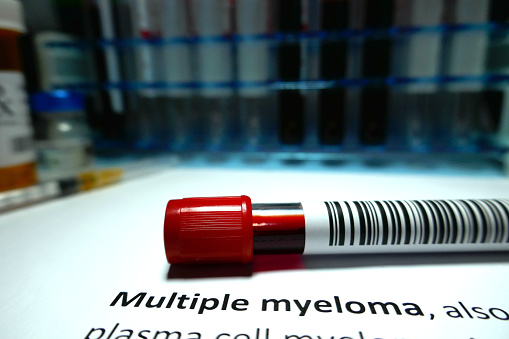

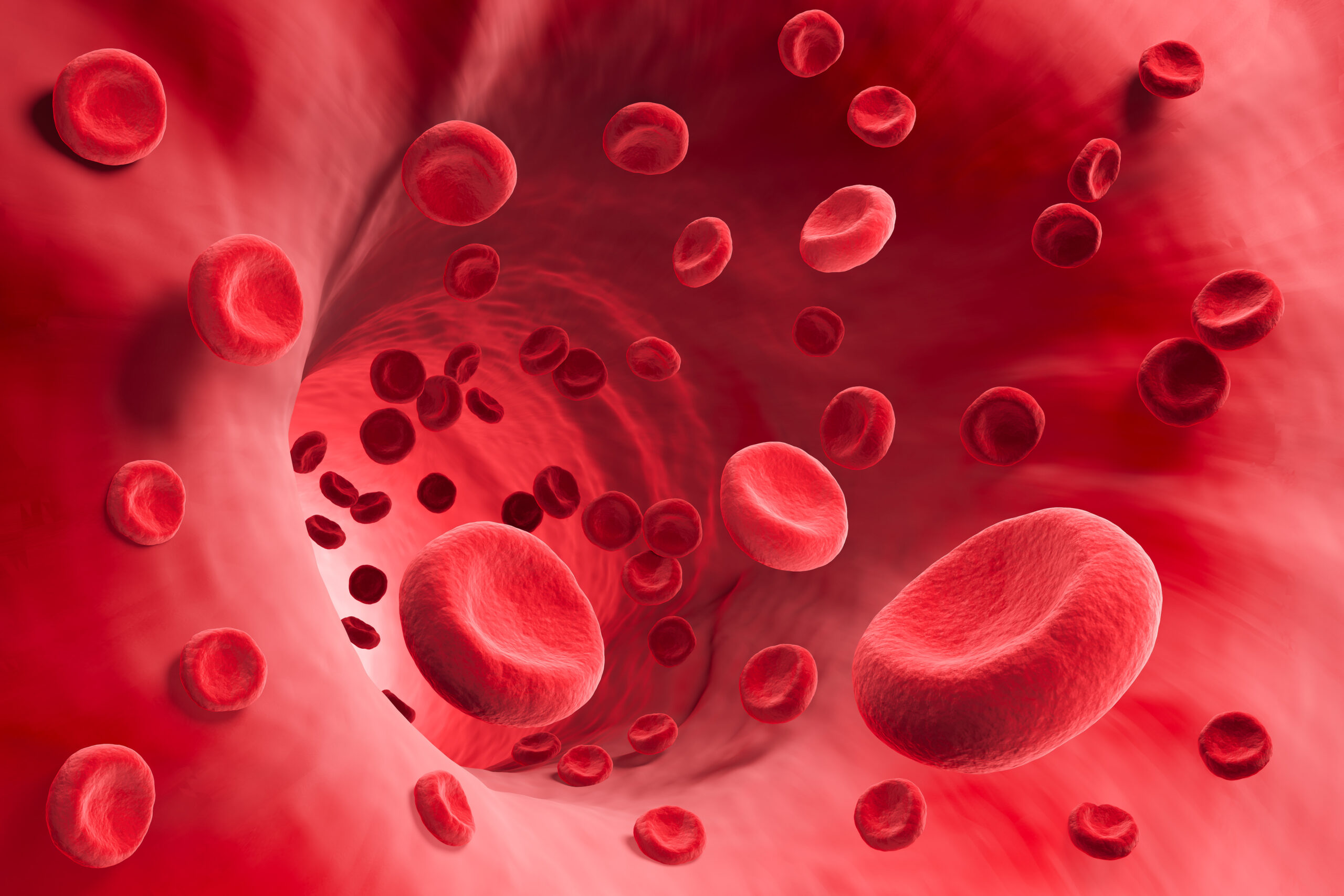
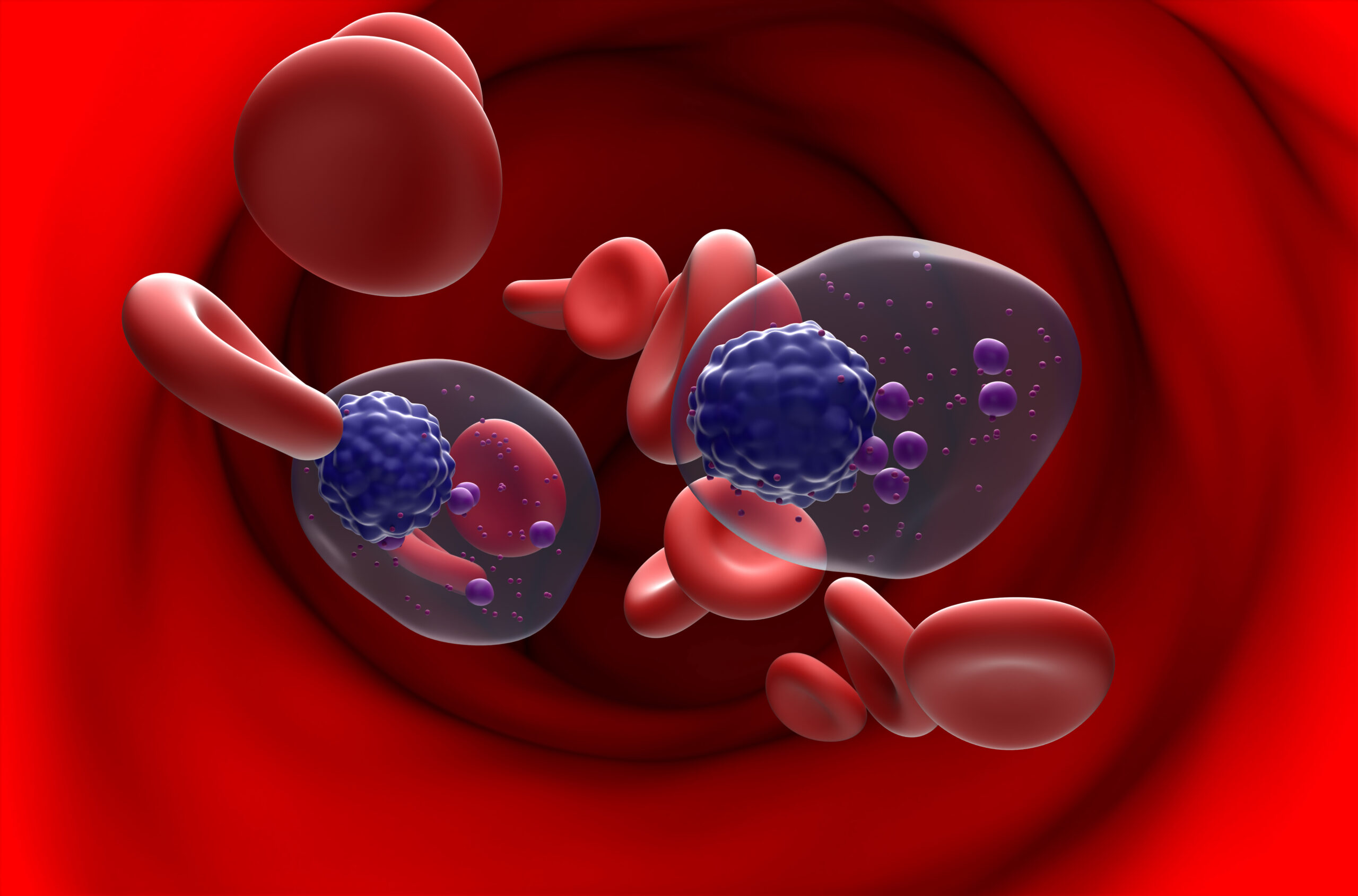
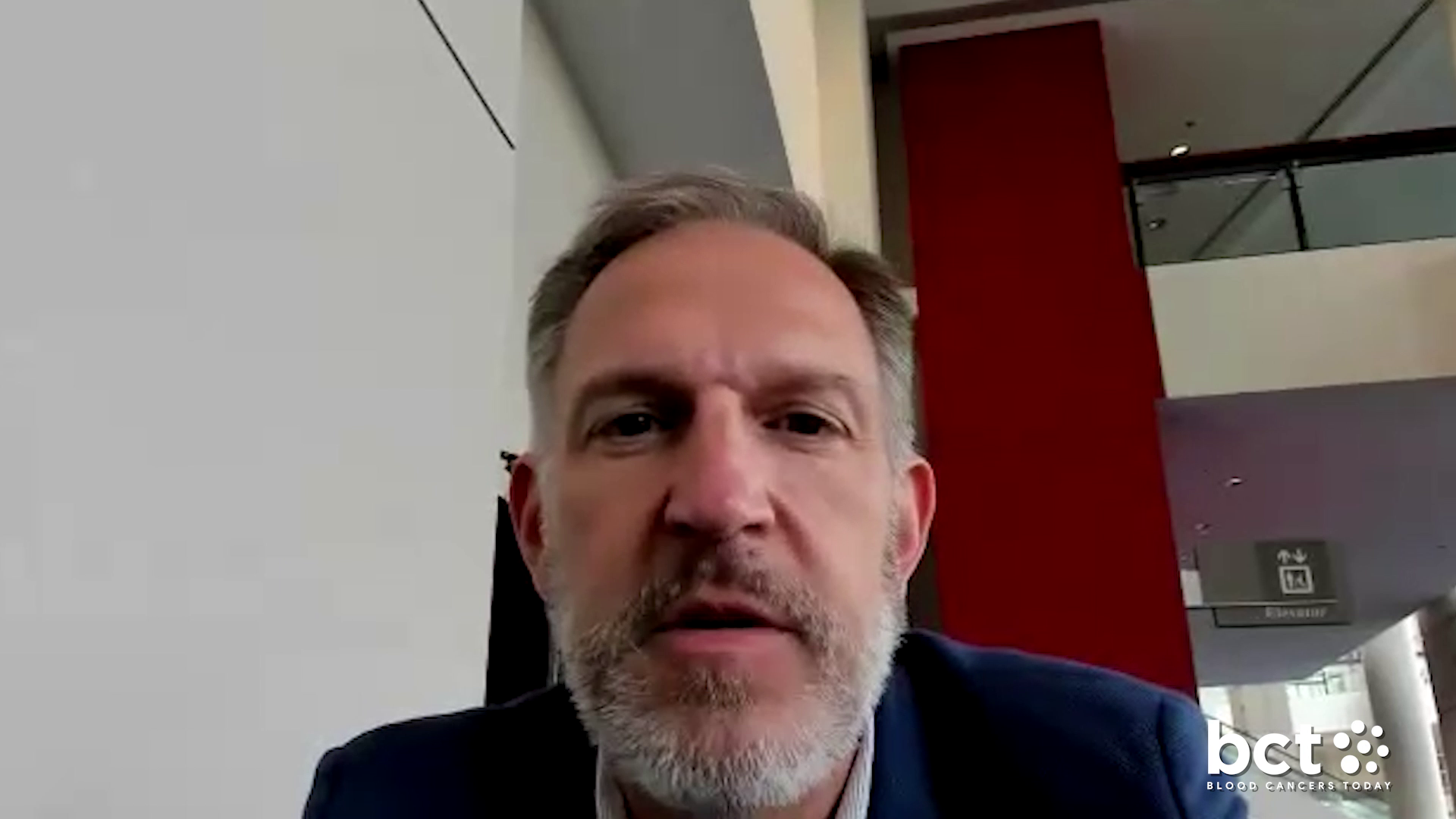
 © 2025 Mashup Media, LLC, a Formedics Property. All Rights Reserved.
© 2025 Mashup Media, LLC, a Formedics Property. All Rights Reserved.